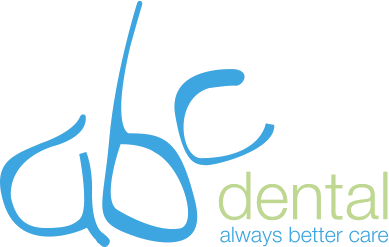TEETH ARE SOME OF YOUR CHILDREN'S MOST IMPORTANT POSSESSIONS. HOW YOU LOOK AFTER THEIR TEETH FROM THE TIME THEY ARE BABIES WILL MAKE A DIFFERENCE TO HOW THEY GROW AND HOW HEALTHY THEY ARE. THIS MEANS NOT ONLY HOW YOU CLEAN THEM BUT ALSO HOW YOU PROTECT THEM FROM THINGS THAT CAN HARM TEETH. TOOTH DECAY IS PREVENTABLE.
Teeth development -
Baby teeth can arrive in any order, although the central bottom teeth are often first. Most children have a full set of 20 baby teeth by the time they’re three.
Adult teeth start developing inside babies’ jawbones after birth. After a baby tooth falls out, an adult permanent tooth takes its place.
Children usually start losing their baby teeth from around six years of age. From 6-12 years, children have a mixture of adult and baby teeth. The baby teeth at the back are replaced around 10-12 years of age. By this age, most children have all their adult teeth except for the third molars (wisdom teeth). The adult teeth don’t get replaced, so you just have to look after them.
If your child’s baby teeth came late, the adult teeth will probably be late too. If you’re concerned about your child’s teeth development, see your dentist.
When adult teeth are coming through:
- Your child might find chewing is more difficult when teeth are loose or missing.
- Your child still needs to eat healthy foods.
- Keep up your child’s teeth-brushing routine, taking extra care around the loose teeth or sensitive areas.
- Allow loose teeth to fall out on their own. If you try to pull out a tooth before it’s ready to fall out, it can snap. This can cause pain and infection.
- Sometimes an adult tooth will come through before the baby tooth has fallen out. If the baby tooth hasn’t fallen out within 2-3 months, see your dentist.
CLEANING YOUR CHILD’S TEETH
By the time your child reaches school, they might be starting to clean their own teeth. If so, it’s a good idea for you to either start or finish the cleaning process. Your child will still need your supervision and help until they are at least eight years old.
The best way to clean your child’s teeth
Use a child’s toothbrush that has soft bristles of different heights to clean the teeth and gums properly.
Stand or sit behind your child so they are secure. Doing it in front of a mirror is good too, because it lets you see their mouth.
Cup your child’s chin in your hands with their head resting against your body.
Angle the bristles of the toothbrush towards the gum. Move the brush in gentle circles to clean the outer and inner sides of the teeth and gums. Lift your child’s lips to brush the front and back of the teeth and at the gum line.
Brush back and forth on the chewing surfaces of the teeth.
Gently brush your child’s tongue.
Toothpaste and fluoride
Fluoride is a mineral that helps build strong teeth and bones and prevent tooth decay. If children take in too much fluoride, it can cause ‘fluorosis’, or a build-up of white marks on the teeth. Although this affects the appearance of the teeth, it doesn’t usually affect health.
Most tap water in Australia has added fluoride. Fluoride is considered safe and beneficial for strong teeth. In fact, fluoride works best when it’s taken in very small amounts throughout the day via sources such as fluoridated tap water, foods and drinks containing fluoride and fluoride toothpaste.
Keeping the toothbrush clean
After cleaning your child’s teeth and gums, rinse the toothbrush with tap water.
Store the toothbrush upright in an open container to allow it to air-dry.
If other family members’ toothbrushes are stored in the same place, make sure the brushes don’t touch. This reduces the risk that decay-causing germs will travel between brushes and into your child’s mouth. And when it comes to toothbrushes, there’s no sharing! One for each family member is best.
Toothbrushes should be replaced every 3-4 months, or when the bristles get worn or frayed.
